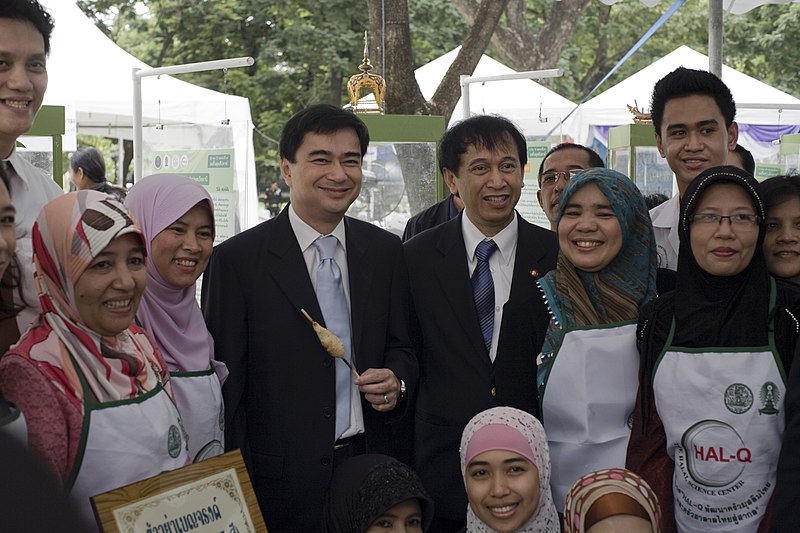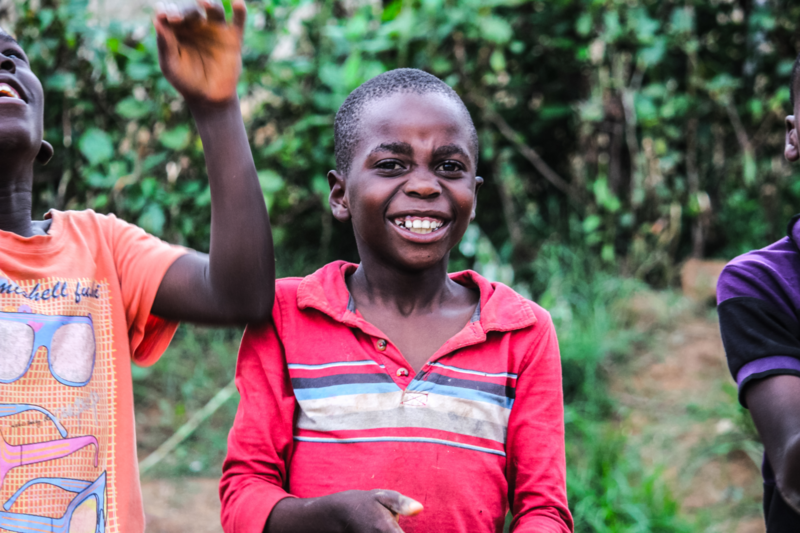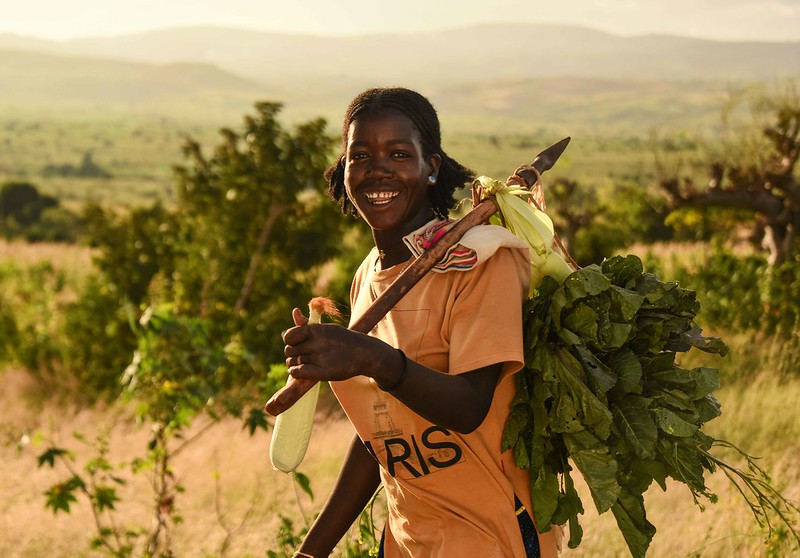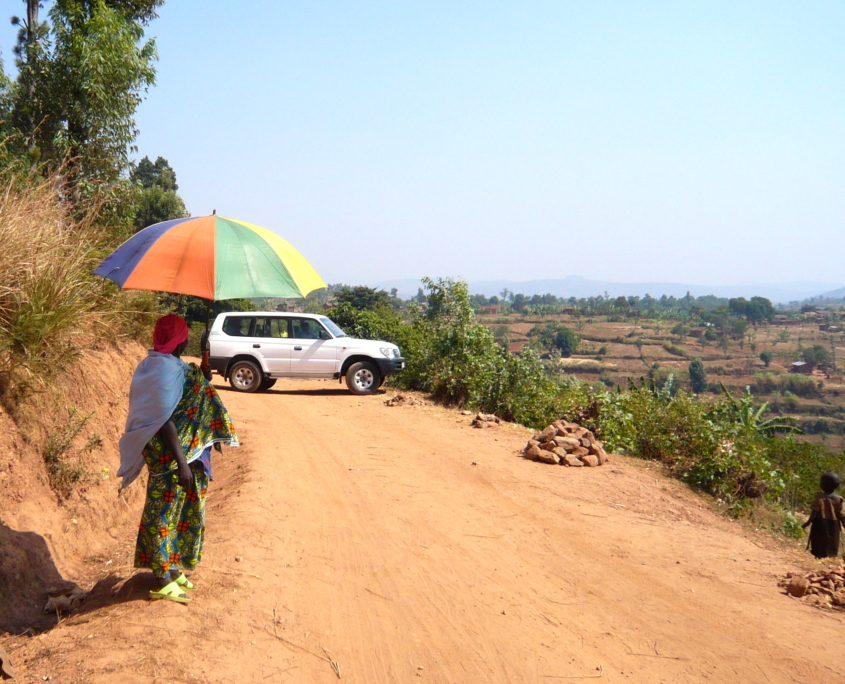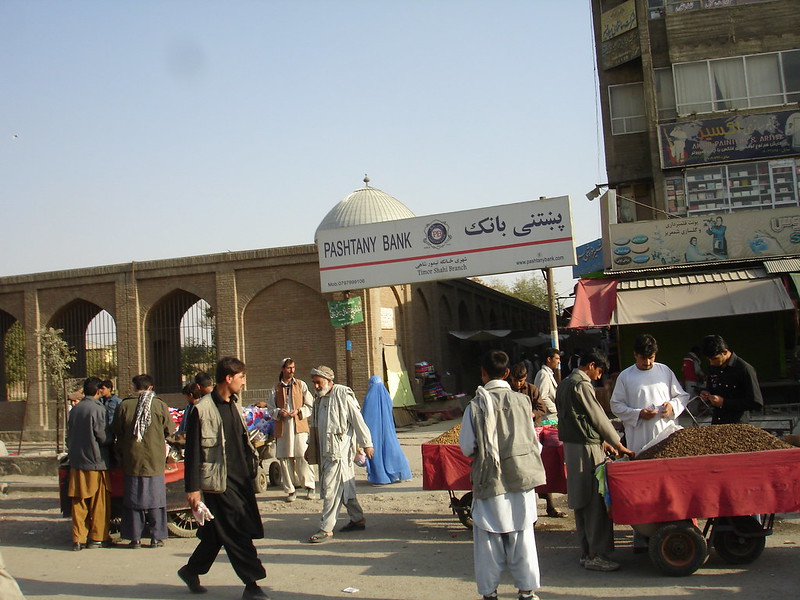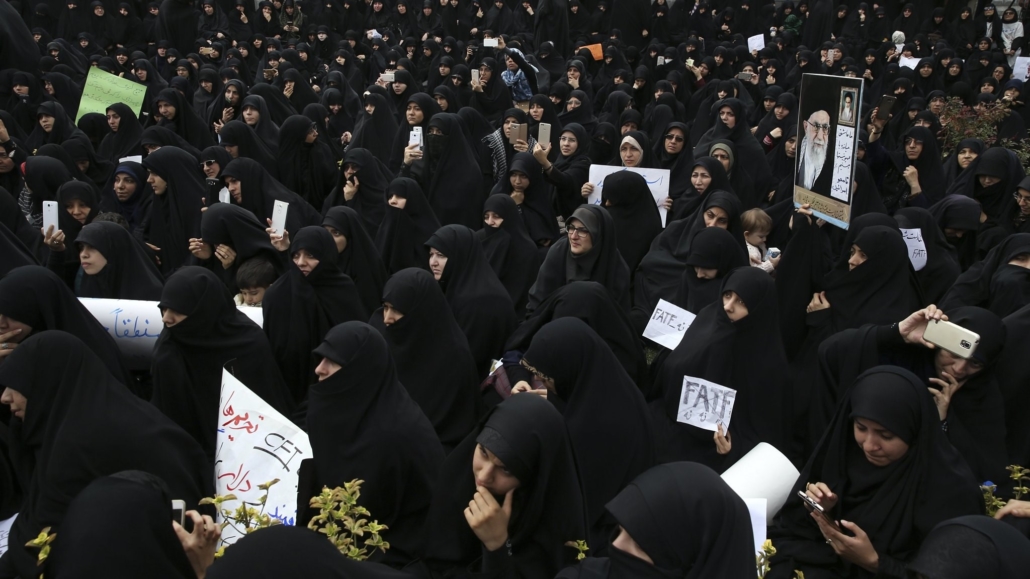
The bill titled the Protection, Dignity and Security of Women Against Violence has been under review and edits since 2013. In September 2019, Iran’s legislation approved the bill and now, parliament and the Guardian Council will review it. The vice president for women and affairs Masoumeh Ebtekar is spearheading the bill. Masoumeh Ebtekar entered her position in 2017 and has pushed for reform to protect women from violence. This bill aims to address the issue of domestic violence against women in Iran. For the past 17 years, Iranian women have been campaigning and fighting for a bill that protects women from violence. Here is some information about violence against women in Iran.
Women in Iran
Iranian women frequently receive treatment as second-class citizens and devaluing due to gender-based discrimination. Iranian women also frequently face physical, sexual and psychological abuse. In Iran, domestic abuse is not illegal, leaving women venerable to violence. If a woman’s husband is abusive, the only legal action a woman can take is to have her husband financially support her for the first three months after separation.
The Iranian judicial system systemically discriminates against women in other ways as well. For example, women are legally responsible at 9 years old, whereas the system charges men as adults at 13 years old.
Violence Against Women During the COVID-19 Pandemic
In 2020, female-aimed violence in Iran skyrocketed during the COVID-19 pandemic. It caused public outrage and led to the birth of Iran’s own Me Too movement, sparking protests and demand for reform and equality.
Many public events charged the civil discourse. One of the most public events of violence in 2020 involved Romina Ashrafi, a 14-year-old girl. Her father beheaded her in what he called an honor killing. This act of terror sparked a demand for change, forcing Iran’s legislation to approve and pass the long-awaited bill regarding violence against women. As Iranian researcher Tara Sepehri Far said, “For decades, Iranian women have been waiting for comprehensive legislation to prevent violence against women and prosecute their abusers.”
The Protection, Dignity and Security of Women Against Violence Bill
The bill intends to address violence through education. In fact, it will implement educational courses for teachers, parents and students to help others recognize when a woman is at risk of violence and help bring awareness and knowledge to the subject of abuse against women. The bill will also implement legal support for women in abusive situations, including safe houses and medical and psychological aid for women. It will also initiate training for medical workers to equip them on how to help women seek help in abusive situations.
Another major reform of the bill requires law enforcement to redesign how it approaches violence against women. Before this bill, many lawyers and law enforcement were wary of taking on domestic abuse cases, often regarding violence cases against women as a family issue, not rather than a state issue. This bill now requires judiciaries and law enforcement to seriously address the topic and consider them a public safety issue.
Looking Ahead
This bill is a positive step toward ending violence against females; however, Iran must also address the bill’s shortcomings. The bill does not aim to end or address marital rape or child marriage, or even domestic abuse, thus leaving these essential topics in silence.
However, this bill is worthy of recognition for progressing protection for women in Iran. Women in Iran have been fighting for a voice and change and this bill is a powerful reminder that growth and change do happen. While it will not end women’s fight for safety and equality right away, it is a worthy beginning showing that the Iranian government now recognizes that domestic violence and discrimination are significant issues.
– Rachel Wolf
Photo: Flickr
 Before the COVID-19 pandemic, moderate poverty in Mexico had
Before the COVID-19 pandemic, moderate poverty in Mexico had 